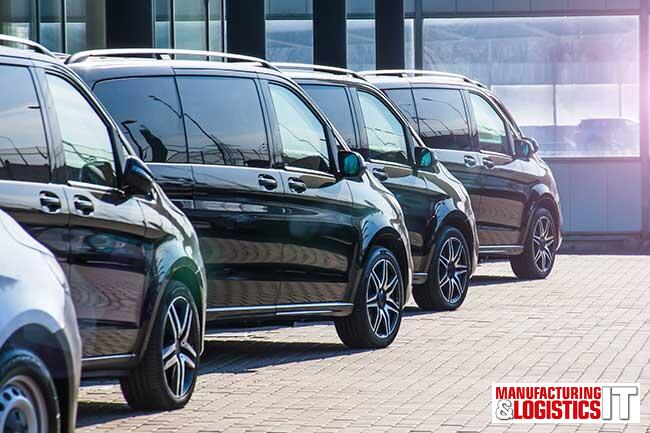By Rosana Beechum, freelance writer.
When you’re running a business, it can seem like the more assets you have, the more overwhelming things may become.
If you’re an entrepreneur, then you might feel this way when it comes to managing a fleet of company vehicles. Each one can be a costly asset to your firm that requires great care and attention, so getting things right here is incredibly important. The vehicles that put your products and services out into the world need to be well looked after, so there’s extraordinarily little room for trial and error here.

However, if you follow the right set of guiding principles, managing a fleet of company vehicles should become a much simpler process. So, what are the types of things that you should try to keep in mind here?
Utilise Support Services
When managing your fleet of vehicles, the first thing you should understand is that you’re not alone.
You could work in partnership with companies such as Total Motion Vehicle Fleet Management, who have decades of experience in substantially reducing all your running costs while providing numerous other operational, financial, and environmental benefits to your fleet too. They’re also well-versed in compliance, engineering, and everything between, providing free fleet audits too. Should other matters in your business require more urgent attention, Total Motion can oversee all aspects of your fleet on your behalf.
Having a dynamic support service at your disposal is undoubtedly a huge advantage. Not only can they help your business become more efficient, but they can also give you great peace of mind and help you save large amounts of money too. As your fleet grows, the management demands may become more intensive, so simply having a way to streamline the chaos could be crucial to your firm’s continued success.
Communicate with Your Drivers
Communication is vital for the success of a business, and every department needs to constantly maintain it – including on the fleet side of things too.
Start by providing training materials on the basic principles of fleet driving. After all, there are many common problems that fleet drivers are faced with, and many of them are avoidable through occasional and helpful reminders. Try to instil good driver practices, and your fleet should be more efficient.
Moreover, strive to be receptive to feedback also. If your drivers are frequently in a hurry or driving when tired, then though they are ultimately responsible for their conduct, perhaps unrealistic objectives are being set for them to meet as well. Ask questions about how they find their duties and try to seriously gauge their responses, and you’ll optimise just how safely and effectively your fleet runs.
Monitor Driver Conduct
It’s incredibly important that your drivers represent your company well when they’re out on the road. After all, some drivers may feel they can do as they please when away from prying eyes. Do they throw litter from their vehicles? Perhaps they could be responsible for accidents on the road which they don’t report?
Of course, it’s not nice to assume the worst in your fleet drivers. However, if they’re representing your business on the roads, any poor behaviour may reflect very badly on your business. Seeking out ways to monitor their conduct, therefore, is likely in your best interests. You could install dash cams to record evidence of any incidents or install GPS trackers to determine how punctual they are with customers, and whether they drive by the most efficient routes available to them.
Perhaps consider various ways to hold them accountable for their actions. For example, if you have a company app or website, you could perhaps introduce a review system that customers and clients can contribute to. A standard complaints system should suffice too, if your company can be responsive and fair in dealing with reports. The more thorough and fairer that you are here, the less damaging a bad driver may be to your firm.
Consider the Future
Vehicles are often a point of innovation, with new upgrades and features constantly being released through the years.
Uber channels this spirit too, pledging to go all-electric in their own fleet by 2030 for US, Canadian, and European cities, and 2040 for everywhere else. This makes them appear like a more environmentally friendly firm, and potentially increases their public standing when they’re shown to innovate and think of others. Perhaps you could follow their example as best as you can?
Managing your fleet may involve keeping up with the times in other ways too. For example, great business lease deals will ensure that your vehicles come equipped with all the latest tech and safety features. That way, your drivers can be safer on the road and potentially feel a greater sense of fulfilment in their roles. The arrangement should be more affordable than outrightly purchasing every vehicle in your fleet too.

Add a Comment
No messages on this article yet